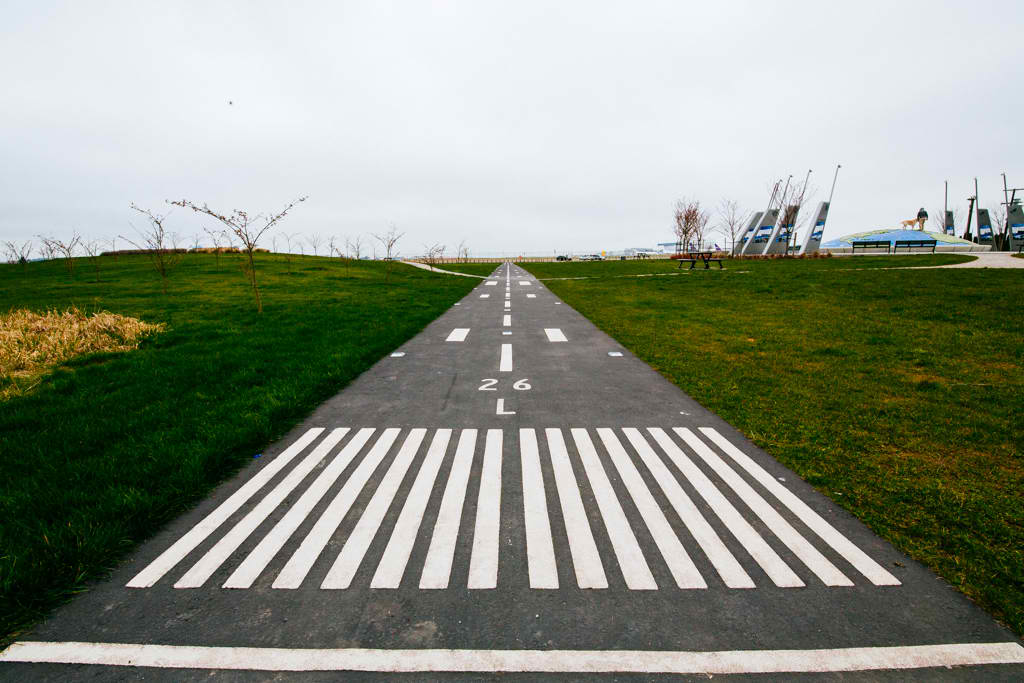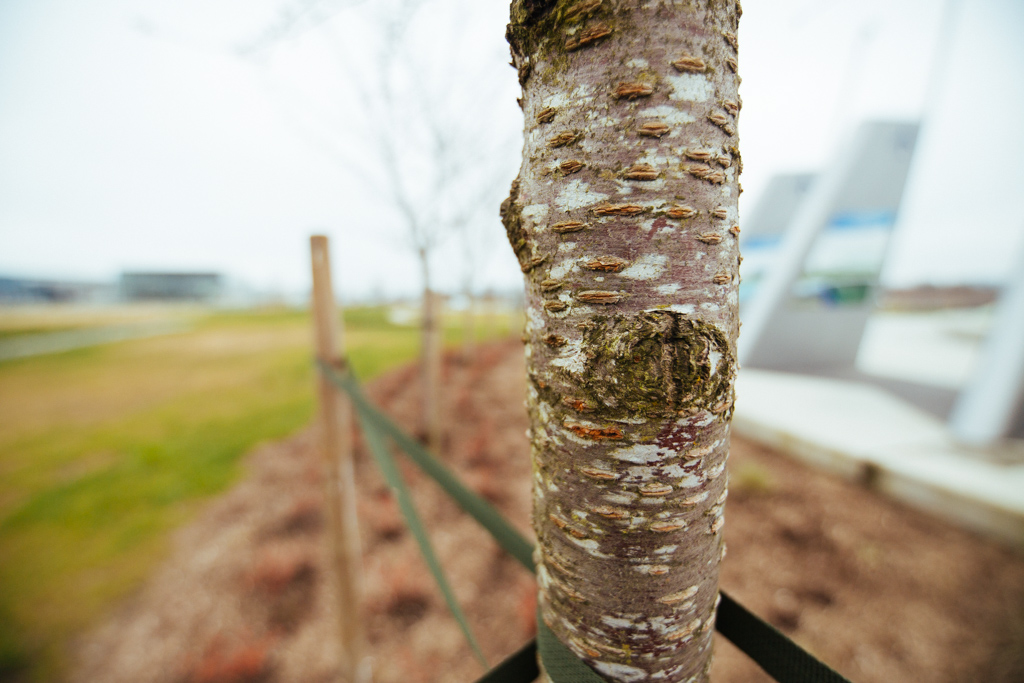We just received Tamron‘s new wide angle lens, the 15-30mm F2.8 DI VC USD SP and couldn’t wait to take it outside for a bit. Although not quite as wide on the wide end as Canon’s behemoth new 11-24mm F4L USM, the Tamron does offer a larger maximum aperture as well as image stabilization (or as Tamron calls it, ‘vibration compensation’) for less than half the price. It is probably more comparable to Canon’s 16-35mm F2.8L, which is only a bit more expensive but doesn’t have image stabilization. Nikon and Sony both have 16-35mm lenses in roughly the same price range as the Tamron but are both F4 rather than F2.8.

At 1.50kg, the 15-30mm is a beast of a lens, almost twice as heavy as the 5D Mark III that it was mounted on. The lens hood is fixed to the front of the lens, protecting that enormous curved front glass element. As such you can’t use filters on the front and the included lens cap is the size of a cup of soup at Tim Horton’s.
The weight is a sign of the build quality, which is excellent. The zoom and focusing rings are smooth, although the zoom ring is slightly more difficult to move than I expected. Maybe because so much of the camera’s internals are moving as you twist the ring to go from 15mm to 30mm. It’s like a shift in gravity. Focusing, on the other hand, is quick and nearly silent.
Optically, the Tamron is sharp throughout the frame. Even when pixel peeping the edges, I was surprised how many small details I could pick out although I did notice some color fringing as well. Not at all in the center but at the edges, you’ll notice a few abberations if you’re really looking hard.
Distortion is very well controlled and easily corrected. There’s no Lightroom profile for this lens yet, though.
The 30mm end is almost a regular field of view. I usually prefer to shoot closer to 50mm on the street but 30 is close enough to the usual 28mm or 35mm focal lengths a lot of photographers prefer. Tamron state that the 15-30 is perfect for street photography but a lens the size of a medium jar of peanut butter is not exactly discrete.
You’re not going to get bokeh often with a 15mm lens but the 9 rounded aperture blades on the 15-30mm do make for some smooth out-of-focus elements. You have to be extremely close to your foreground element to get even this much blur, though, which is not enough to render the background indistinguishable. I was very close to the 0.28m minimum focusing distance away from this tree.
Bokeh at 30mm is even better. There’s almost a painted brushstroke quality to it but chances are you won’t see it all that often. Sharpness wide open is excellent.
The “vibration compensation” probably works but it didn’t make a noticeable difference for me until I got really slow on the shutter speed. With a lens this wide, you won’t notice camera shake as much as you would on, for example, a 70-200mm. It might be useful for video, however, as this is one of the widest lenses for either Canon, Nikon or Sony that offers stabilization.
The Tamron is fantastic optically and stacks up quite nicely in terms of price and build quality compared to the equivalent lenses from the OEMs. However, it’s may be too large and heavy for most photographers to carry on a regular basis.









